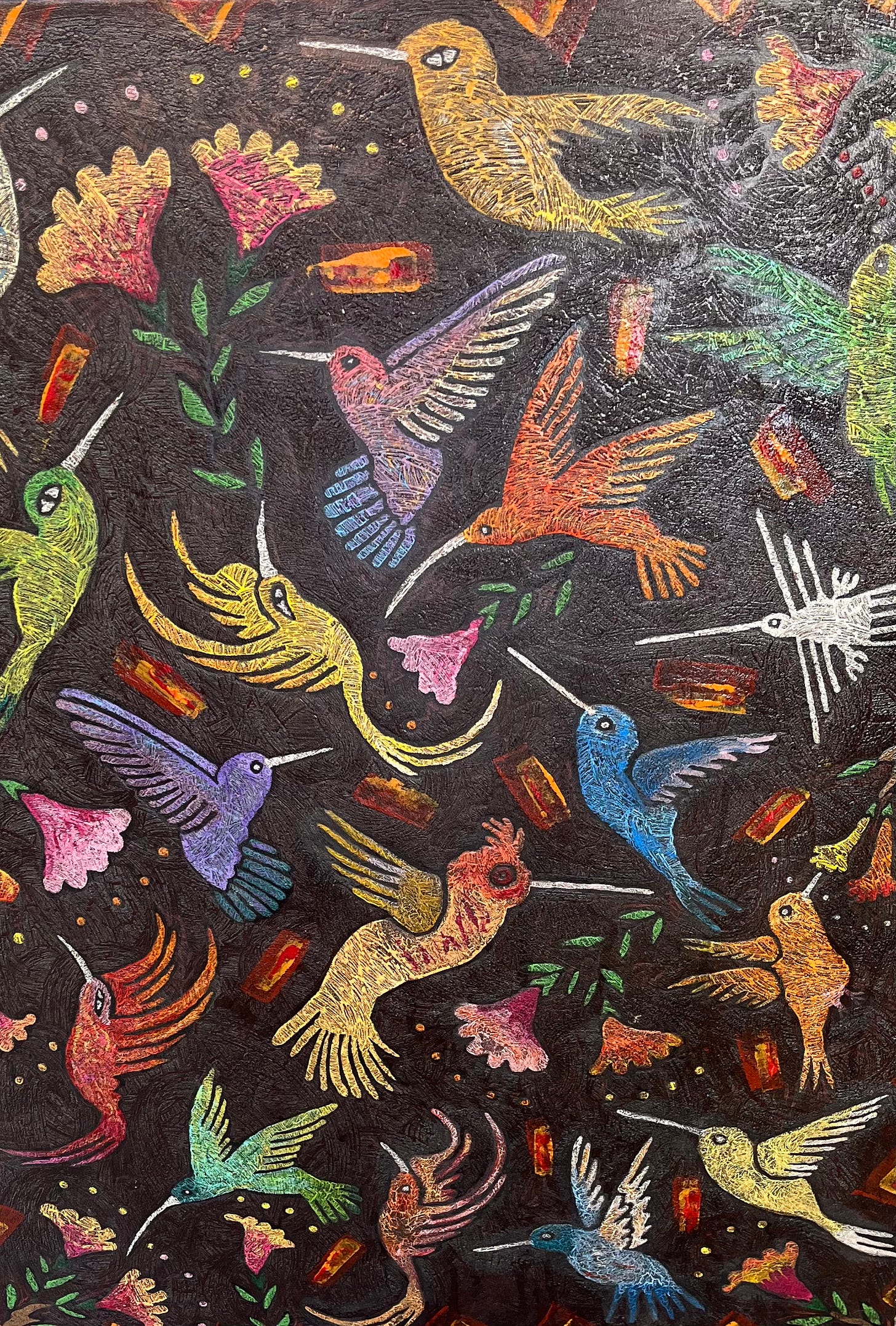The imposition of Hispanic models of advancement onto ayllus (communal Indigenous groups) transitioned societies generally built on community solidarity (people, skills, resources) into exploitative dynamics privileging personal gain (debt, credit, protection dependencies).
From Steve J. Stern’s essay telling of Indian Hispanism, named “The Tragety of Success,” it is clear that conflict and coercion shaped the adaptation of native elites. Kuraka (chiefs) leveraged their position as leaders and began to embrace strategies and relationships of exploitation. It seems that the ‘eat or be eaten’ circumstances allured natives to merge Ladino (people of Spanish demeanour) culture into their lifeways. Indian Hispanism was a socioeconomic strategy as well as a set of cultural symbols, and what has been most curious to me is the symbolic integration of Catholicism. There is evidence in this text of certain native figures who, due to some adept notion of how to navigate the onset of dependency within Hispanic structures, were able to source prestige via appointment to church posts. How did this work, then, for originarios (local ayllu indians descending from common-ancestor god) to join the choir or become a sexton of the church? Bells replaced flute, monetary contribution substituted traditional prayer, and inner conflicts formulated into new burdens of allying with the colonial world.
My interest, provoked by psycho-mythological descriptions, in how disloyalty was/is experienced circulates a questioning of syncretic religious culture. Can there be a co-existence of Andean belief with Catholic symbols? From the songs and stories I’ve learned practicing Afro-Brazilian movement meditation Capoeira, I see that at times the idolizing of figures is maintained and concealed by the naming of saints who correspond to Candomble gods.
During a period called Taki Onqoy (1560s) in the region of Huamanga (originally settled by Huachos and Yauyos peoples), when temptations towards non-native sectors of society had heightened, the voices of angry gods literally responded. Huacas seized native bodies in a display of authority and intended relay of anti-Christ commandments, “serving as a medium of popular protest and calls for change” (141). Appearing in public and in visions and dreams, the huacas spoke of disloyalty and neglect, demanding traditional rites and services owed to ancestor-gods were performed for the rebalancing of social relations (with a ritual sacrifice at the junction of two streams). In their authority, they urged for total avoidance of collaboration or service with Spaniards. Kinda tricky at the time when colonial dominance had widely spread across lands. This episode of “intense nativism” is a long-drawn reverberation of the ancestor-gods supporting the original suspicions of kinfolk who discharged the legitimacy of Kurakas who were educating their sons in colonial religious establishments and marrying their daughters to instate compositión de tierra (land titles).
I don’t uncover specifics of how the dancing sickness rebalanced the priorities or practices of natives, mestizos, ladinos, or kurakas (so many already born into the serfdom of colonial overload) and it’s crazy to imagine that structural oppression overshadows the magnitude of supernatural calls for change and remembrance. While the psychic strain of converts being haunted by huacas is a metaphysical experience I have no place to comment on, I find this retelling demonstrated that there are certainly more deciding forces in the outcomes of colonial acculturation.





"My interest, provoked by psycho-mythological descriptions, in how disloyalty was/is experienced circulates a questioning of syncretic religious culture. Can there be a co-existence of Andean belief with Catholic symbols?" Your blog has left me with many questions and I thank you for that. However, what stands out to me most is your articulation of concepts such as dis/loyalty, experience, and symbols. There's an interesting vein to explore there, from your own perspective. I hope to read more about this in future blog posts.